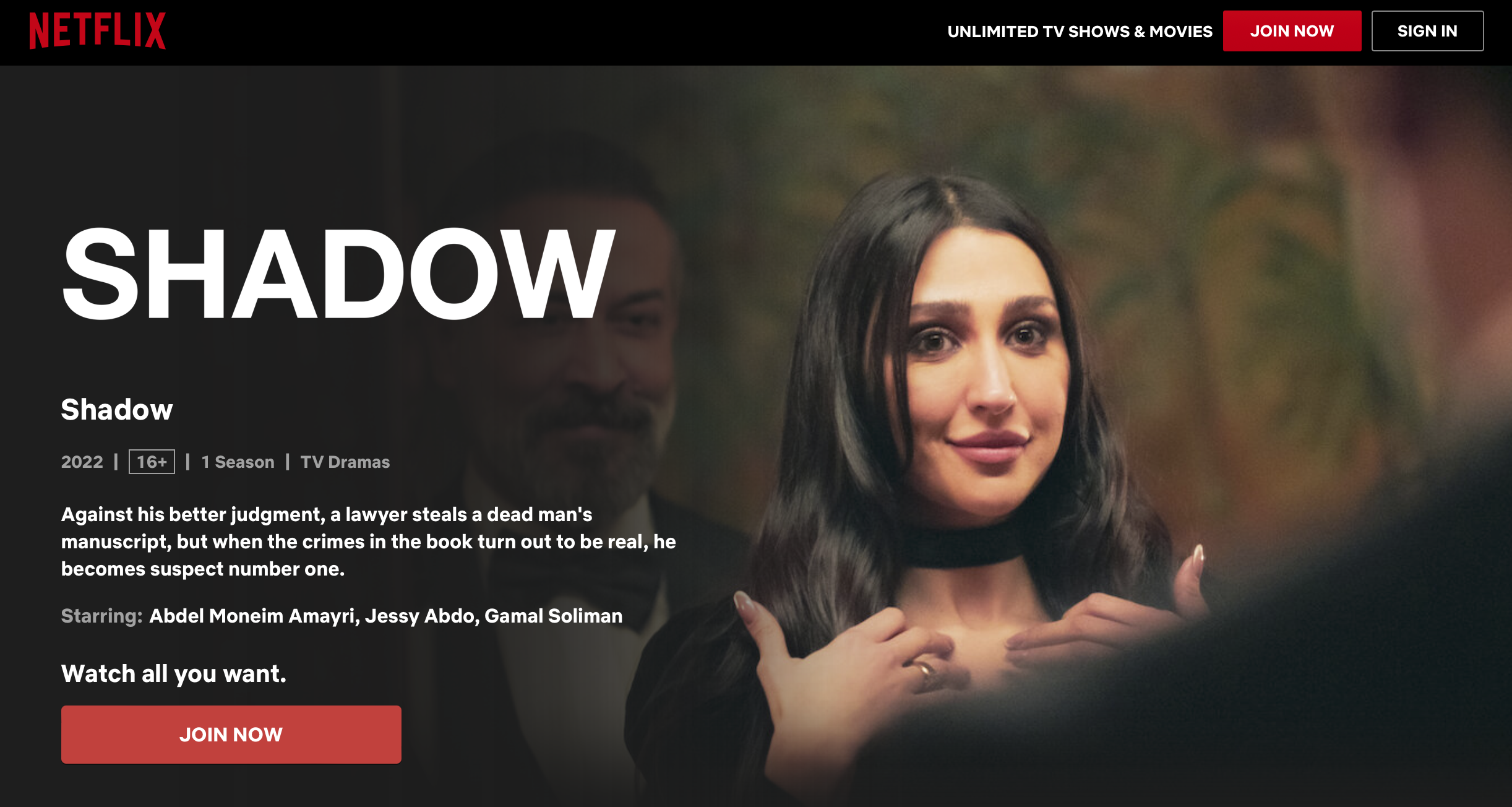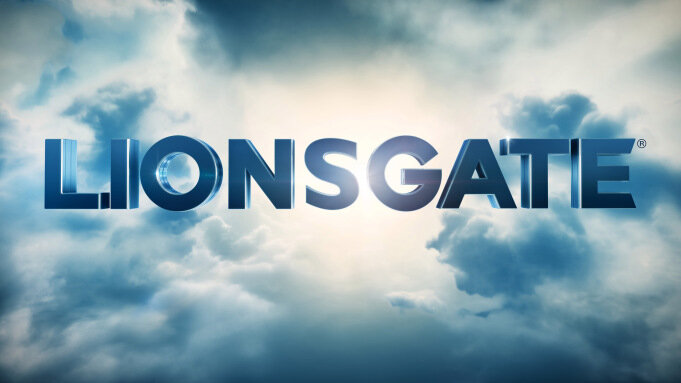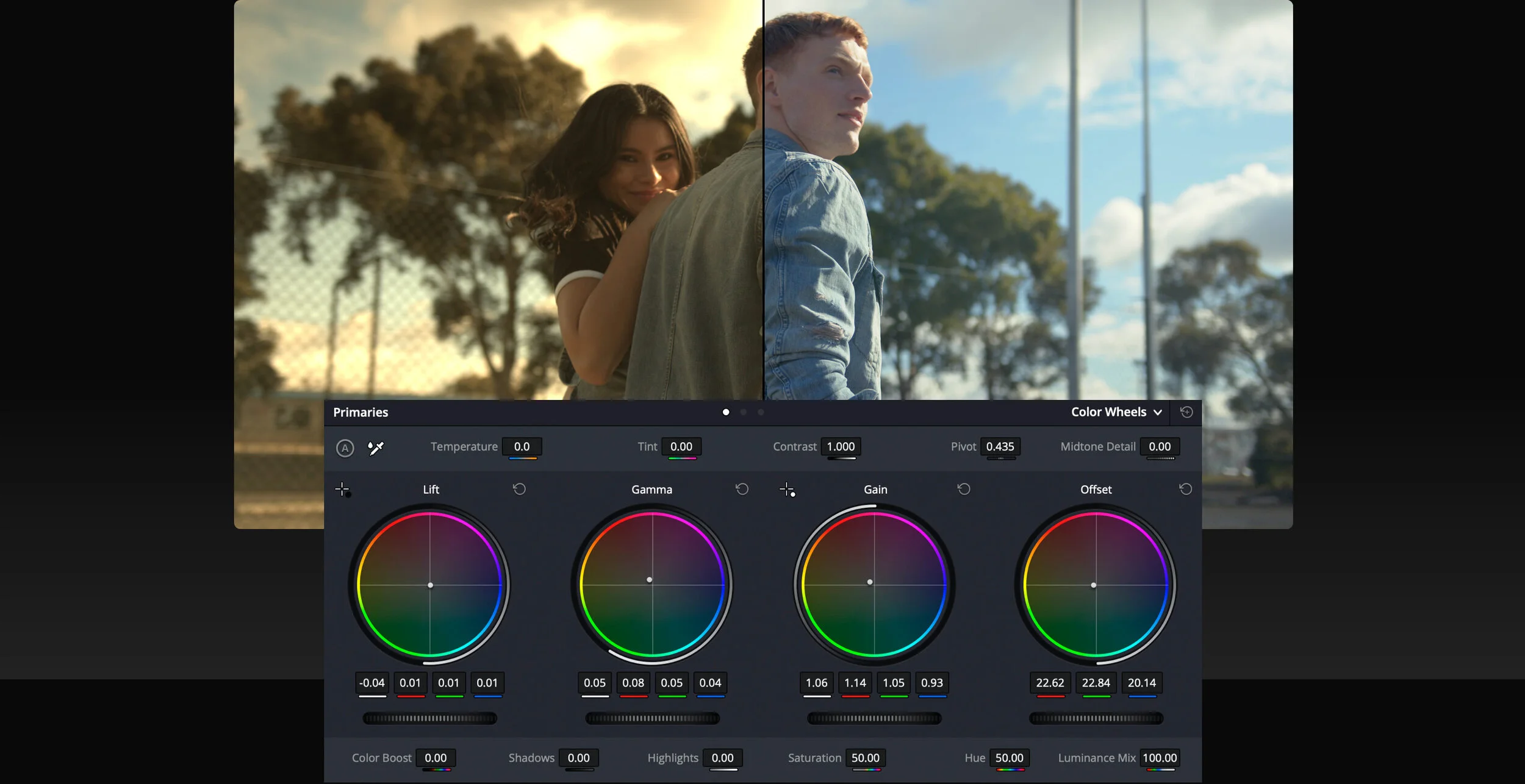In today's digital age, where high-definition videos and crystal-clear images are the norm, it's easy to forget the rich history of video recordings that have shaped our culture and documented significant moments in time. Many of these valuable recordings have deteriorated over the years, suffering from various issues like scratches, fading colors, and audio distortion. However, thanks to the remarkable process of video restoration, we can breathe new life into these archival treasures and experience them as if they were captured yesterday. In this blog post, we will explore the fascinating world of video restoration, delving into the techniques, challenges, and the importance of preserving our audiovisual heritage.
Understanding Video Restoration: Video restoration is the meticulous process of repairing and enhancing video footage to achieve a cleaner, more visually appealing and coherent result. It involves a combination of manual and automated techniques, leveraging advancements in technology, to rescue valuable recordings from the ravages of time.
The Restoration Workflow:
Video restoration typically follows a systematic workflow that involves multiple stages, each addressing specific aspects of the video's degradation:
Assessment: The first step is to evaluate the condition of the original footage. This involves inspecting the video for physical damage, analyzing color fading, identifying audio issues, and noting any other visible artifacts or imperfections.
Cleaning and Preparation: Before any restoration work can begin, the video is cleaned to remove dust, dirt, or any physical debris that might affect the quality. Additionally, the footage is digitized and prepared for subsequent processing.
Digital Restoration: This stage involves the application of various techniques to repair specific problems within the video. For example, advanced algorithms are used to remove scratches, stabilize shaky footage, reduce noise, and correct color imbalances. Frame-by-frame analysis and manual restoration techniques are often employed to address complex issues that require human intervention.
Audio Restoration: In addition to visual restoration, the audio component of the video is given special attention. Techniques like noise reduction, equalization, and audio enhancement are applied to improve clarity and reduce distortion.
Reconstruction: If portions of the video are missing or damaged beyond repair, the restoration process may involve reconstructing the missing parts using available references or complementary sources. This could include inserting still images, audio from alternative recordings, or employing advanced interpolation methods to fill in the gaps.
Quality Control: Once the restoration is complete, a thorough quality check is performed to ensure the output meets the desired standards. This involves scrutinizing the visual and audio elements for any remaining artifacts or imperfections.
Challenges in Video Restoration:
Video restoration is a highly complex and challenging task. The restoration process requires a deep understanding of video formats, codecs, and historical context. Some common challenges faced during video restoration include:
Source Material Quality: The quality of the original footage significantly affects the restoration process. Videos that are heavily damaged, deteriorated, or have low resolution pose additional challenges and may require extensive manual intervention.
Time and Resources: Restoration projects can be time-consuming, especially for long or historically significant recordings. The process demands skilled professionals, access to specialized equipment, and substantial computational power.
Artistic Interpretation: The restoration process often involves subjective decisions regarding color grading, removal of imperfections, and the balance between retaining the original aesthetics and enhancing the visual quality. Striking the right balance requires expertise and careful consideration.
Preserving Our Audiovisual Heritage: Video restoration plays a vital role in preserving our cultural heritage. It allows us to reconnect with the past, relive historical moments, and gain insights into bygone eras. By rescuing deteriorating footage, we ensure that future generations can appreciate and learn from these valuable recordings. From vintage films to family home videos, each restoration effort contributes to a collective effort of safeguarding our visual legacy.
Conclusion: Video restoration is a remarkable blend of technology, expertise, and passion. It breathes new life into damaged and faded footage, allowing us to experience history with a renewed sense of clarity and immersion. The process of restoring videos is a labor of love that demands skilled professionals, advanced tools, and a deep appreciation for our audiovisual heritage. As we continue to embrace the digital era, let us not forget the importance of preserving our past through video restoration, cherishing the memories and stories that have shaped us.
Contact us- digitalcinemacolorist@gmail.com for the best video restoration service in middle east.





